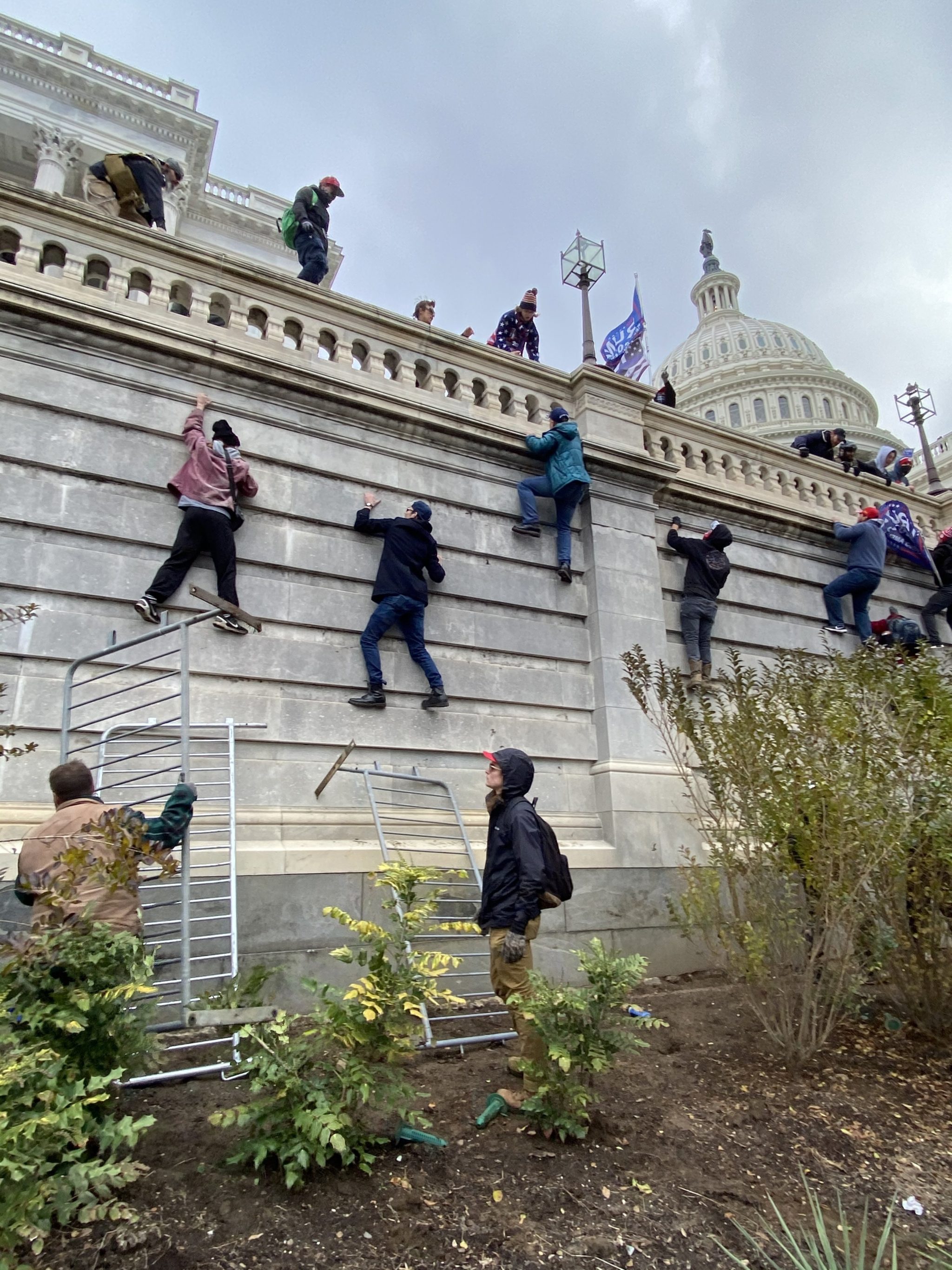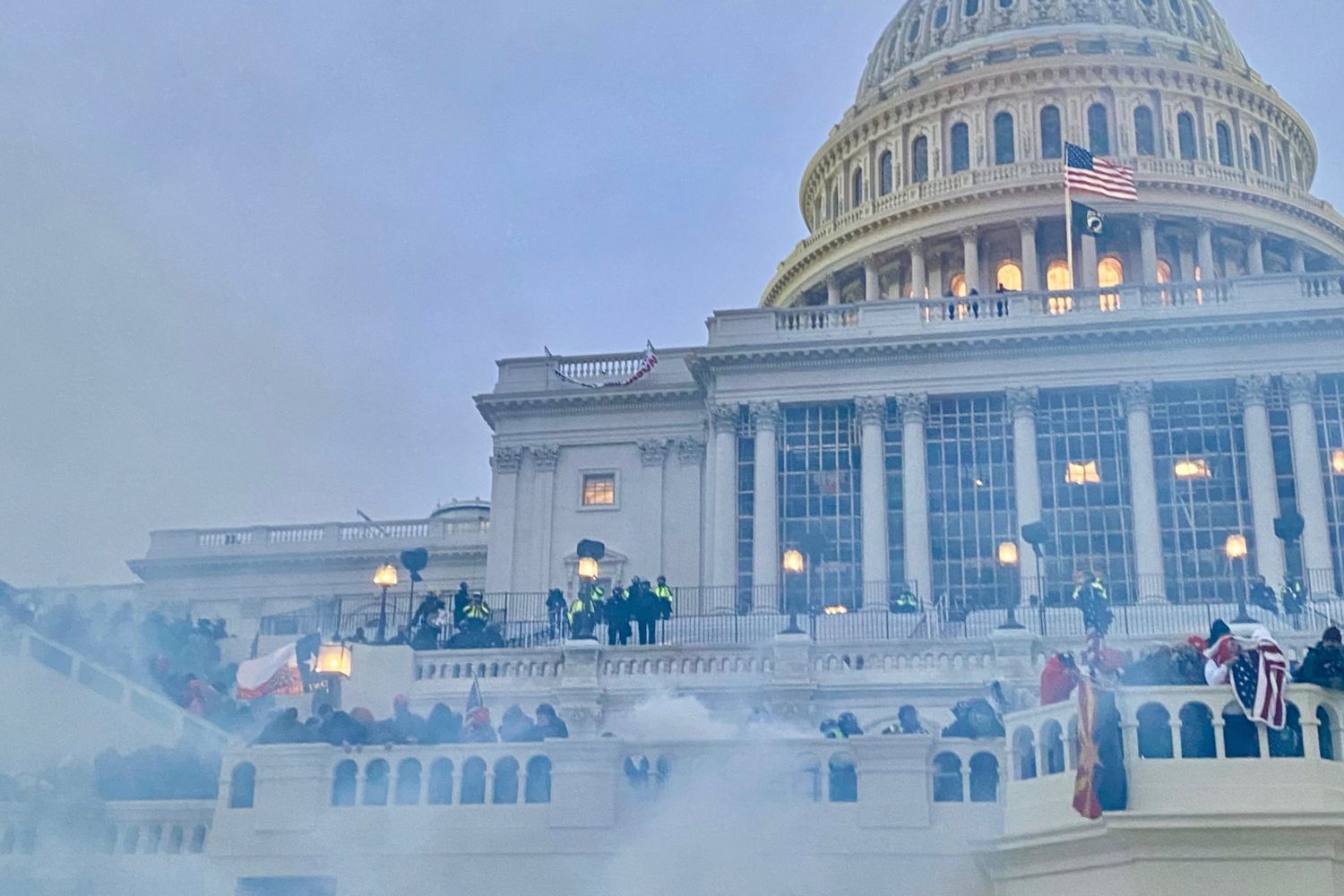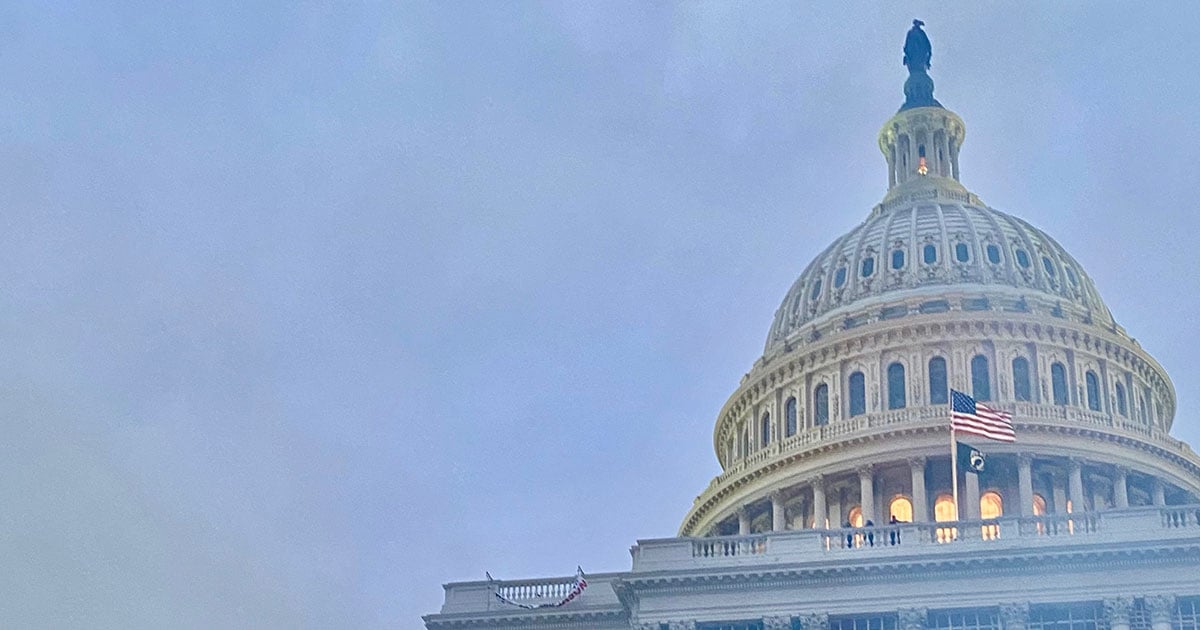68 percent of people accused of taking part in the Capitol riot on January 6 “documented their alleged crimes in real-time,” according to a new report from George Washington University’s Program on Extremism, which also operates a valuable hub for anyone who wants to keep track of law enforcement investigations into the siege. The report examines the demographics of the suspects so far—Texas, Florida, New York, and Pennsylvania are the states that provided the most suspects, for instance, and 33 of the 257 accused so far had military backgrounds (of those, 12 had connections to far-right groups like the Proud Boys and the Oath Keepers).
The report doesn’t dwell on the often shockingly dumb behavior by suspects in the insurrection attempt but rather plumbs their motivations and connections for clues to what this event means for future domestic extremism in the US. Most suspects fall into three categories that the Program on Extremism named “militant networks,” “organized clusters,” and “inspired believers.”
The first category includes people who planned to fight in advance of January 6, and their participation may be a “harbinger of future violence conducted by their networks and affiliates,” the report says. Thomas Caldwell, a reported Oath Keepers leader who lives in Berryville, Virginia, was allegedly involved in what the report calls “the largest conspiracy case in DOJ’s prosecutions in the Capitol siege.” Documents from prosecutors say he organized for days before the riot, and that he and eight others entered the Capitol using a military-style “stack” formation.
The participation of suspects from the “organized clusters” category can be “generally viewed as part of their broader ideological inspirations rather than a response to a direct call to arms,” the report says. These suspects include people who allegedly planned to travel to DC with friends or family. This group, the report says, “may serve as a bridge to connecting participation in the Capitol siege to other studies on the nature of radicalization and mobilization to violent extremism.” Their presence on January 6 reflects “the use of non- violent extremist activism as a springboard for other types of coordinated, violent extremist activity in other ideological and geographic contexts.”
Finally, there were the “inspired believers,” people who were drawn to action “by a range of extremist narratives, conspiracy theories, and personal motivations” and “made up a significant portion of the crowd at the Capitol.” Chief among those narratives was the QAnon cult—the report says a dozen suspects have an “overt QAnon affiliation,” such as Jacob Chansley, aka the “QAnon Shaman.”
In addition to analysis, the report makes some recommendations: The FBI should provide a yearly report about domestic terrorism cases, for one, and the Department of Defense and FBI should look for superior ways to share information. It also calls for a national commission on domestic extremism charged with fingering “any systemic national security and policy failures as well as the nature and scope of the domestic extremism threat.”
Read the report here.



















